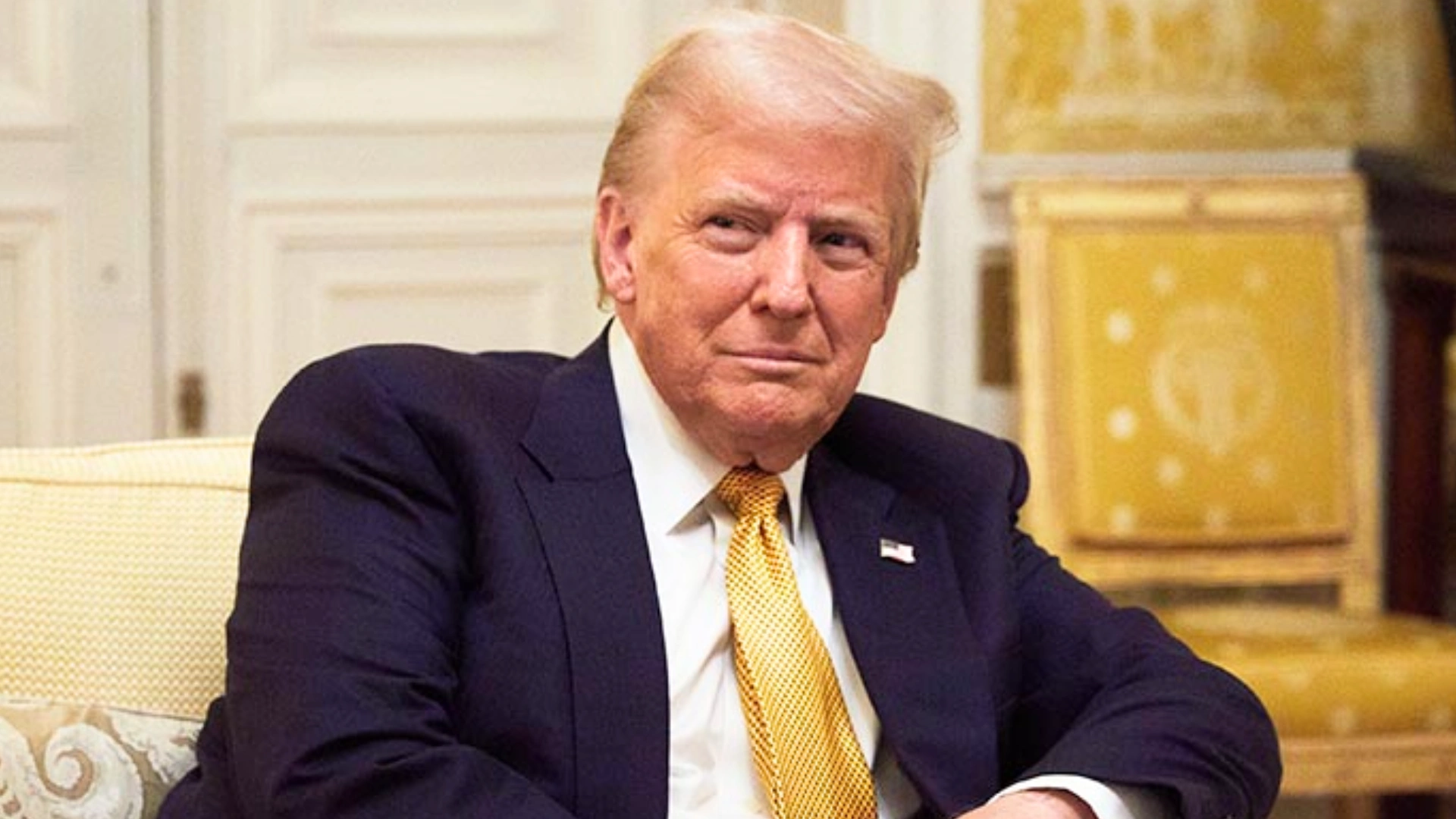In a pivotal development for regional stability, India and China have reportedly reached a historic agreement to disengage their military forces at two key friction points in Ladakh—the Demchok and Depsang plains. This significant accord is expected to be formally concluded by October 28-29, with both nations set to initiate patrols in these strategic areas once a complete withdrawal of troops is achieved.
The disengagement process commenced just two days prior and is anticipated to wrap up within a few days. During this period, both sides will reposition their forces and dismantle temporary structures such as tents and equipment. This move marks a crucial step in addressing the prolonged tensions that have characterized India-China relations since the Galwan Valley clash in June 2020, which resulted in heightened military standoffs along the Line of Actual Control (LAC).
The agreement is not only significant for its immediate impact but also for its potential to reshape military diplomacy between the two nations. Sources indicate that discussions regarding the framework for disengagement were initiated at the diplomatic level, paving the way for military-level talks that finalized the minor details of the agreement during Corps Commander-level discussions. These discussions reportedly culminated earlier this week, signaling a new phase in the bilateral relationship.
Foreign Secretary Vikram Misri highlighted on October 21 that extensive negotiations over several weeks have led to this breakthrough, which aims to resolve the complex issues that arose during the 2020 standoff. The forthcoming disengagement at Demchok and Depsang is expected to serve as a model for addressing tensions in other disputed areas along the border, reflecting a commitment to dialogue and conflict resolution.
The endorsement of this agreement by Indian Prime Minister Narendra Modi and Chinese President Xi Jinping during their recent meeting at the BRICS Summit in Kazan further underscores its importance. By fostering dialogue and cooperation, both leaders have taken a decisive step towards de-escalating military tensions and restoring stability along the LAC. This mutual commitment to peace reflects a recognition of the broader geopolitical landscape and the need for both nations to focus on domestic challenges while managing their bilateral ties.
The international community will be closely monitoring the implications of this agreement for broader regional dynamics. As the situation evolves, it is essential for India and China to build on this momentum, not only in terms of military disengagement but also in enhancing diplomatic engagement across various sectors. Strengthening economic ties and fostering cultural exchanges could serve as additional avenues for building trust and mitigating future conflicts.
Ultimately, this disengagement agreement marks a significant milestone in the journey towards lasting peace between India and China. It underscores the importance of negotiation and dialogue in resolving long-standing disputes and offers hope for a more stable and cooperative future in the region. As both countries work towards implementing this agreement, the world watches with anticipation, hopeful for a positive transformation in one of the most complex bilateral relationships in contemporary geopolitics.
Read More : Joe Biden Apologizes To ‘Indians’ For Historic Boarding School Abuses ‘Sin On Our Soul’


















